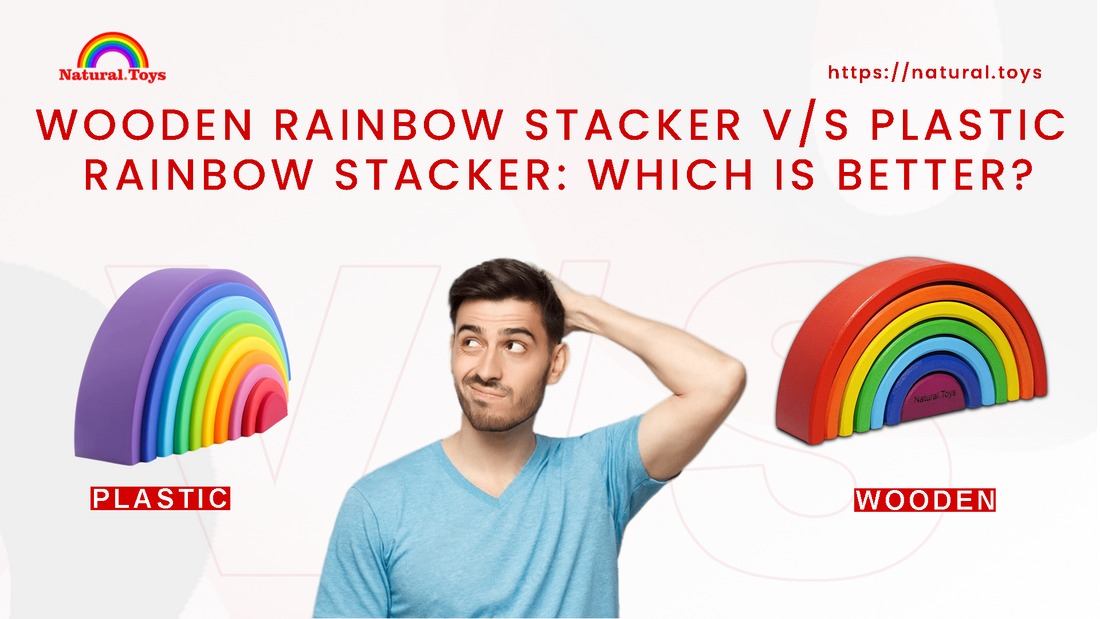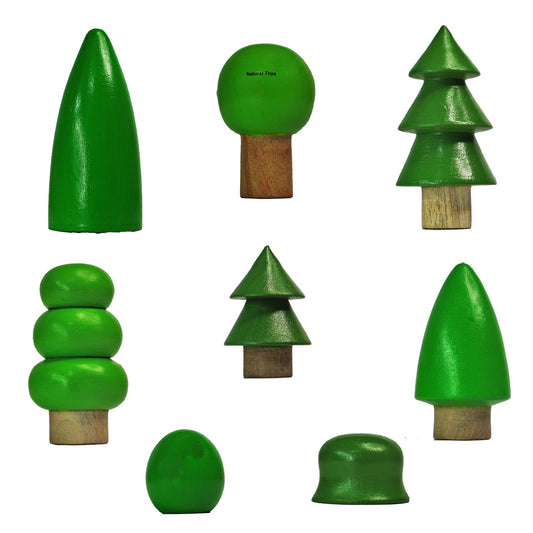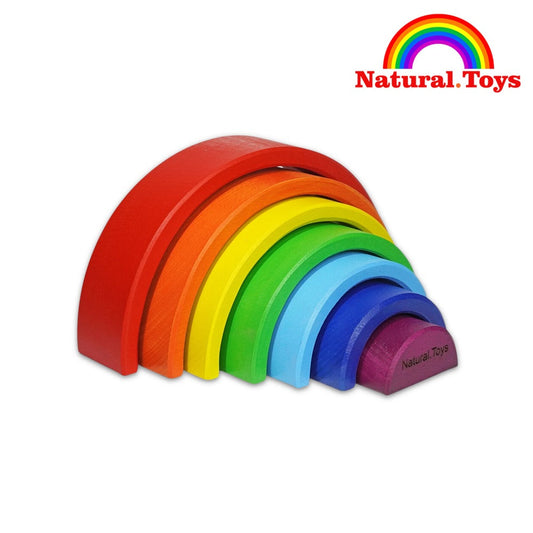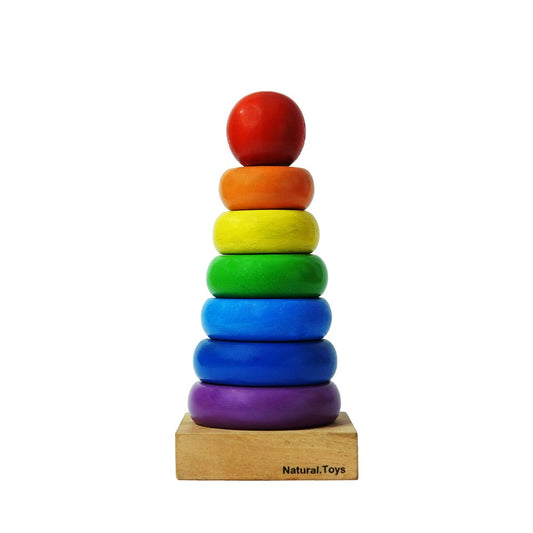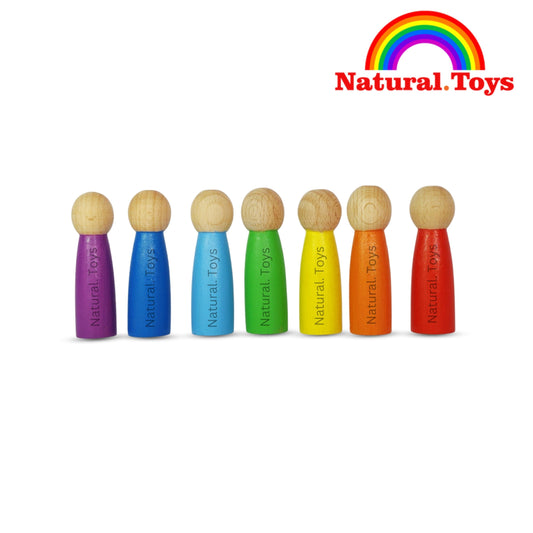
Wooden Rainbow Stacker vs. Plastic Rainbow Stacker: Which is Better?
If you are in search of a toy that will help your child develop their creativity, problem-solving skills, and hand-eye coordination, a rainbow stacker might be just what you need. But, with so many options available, it can be overwhelming to choose the best one for your child. Two of the most popular options on the market are the wooden rainbow stacker and the plastic rainbow stacker. In this article, we will take a closer look at the features of each and help you decide which one is better for your child.
Wooden Rainbow Stacker
The wooden rainbow stacker is made of natural, non-toxic materials, making it a safer option for young children. The smooth wooden pieces fit together easily, making it easy for even the youngest children to stack and build with. Wooden toys are also more durable than plastic toys, making them a great long-term investment.
The natural material of the wooden rainbow stacker also provides a sensory experience for children. The texture and weight of the wooden pieces offer a unique tactile experience, helping to develop their senses.
The rainbow stacker also provides many opportunities for open-ended play. Children can use the pieces to build towers, tunnels, and even mini-houses. This kind of imaginative play encourages creativity and problem-solving skills.
Additionally, wooden toys are better for the environment, as they are biodegradable and will not contribute to the growing plastic waste problem. They can also be passed down from generation to generation, making them a more sustainable choice.
Plastic Rainbow Stacker
The plastic rainbow stacker is a more affordable option compared to the wooden one. It is also lightweight, making it easier for children to handle and manipulate. Plastic toys are also easier to clean, making them a more hygienic option.
The bright colors of the plastic rainbow stacker are also appealing to children, as they are more vibrant and eye-catching than natural wooden colors. The plastic pieces are also more uniform in shape and size, making it easier for children to stack them.
However, plastic toys have several drawbacks. Firstly, they are not as durable as wooden toys and are more prone to breaking or cracking. This can be dangerous for young children, who may put small pieces in their mouths. Plastic toys are also not as eco-friendly as wooden toys, as they are made from non-renewable resources and are not biodegradable.
Conclusion
In conclusion, both the wooden and plastic rainbow stackers have their benefits and drawbacks. While the plastic rainbow stacker is more affordable and lightweight, it is not as durable or eco-friendly as the wooden rainbow stacker. The wooden rainbow stacker, on the other hand, is a more sustainable and durable option, but it is also more expensive.
Ultimately, the decision between the two depends on your priorities as a parent. If you prioritize safety, sustainability, and durability, the wooden rainbow stacker is the better option. If you prioritize affordability and ease of use, the plastic rainbow stacker may be a better choice. Whatever your decision, both the wooden and plastic rainbow stackers offer endless opportunities for imaginative play and skill-building for your child.

